AMD Carrizo Part 2: A Generational Deep Dive into the Athlon X4 845 at $70
by Ian Cutress on July 14, 2016 9:00 AM ESTAMD's Desktop Future
For the last two years, AMD has slowly been feeding details about their next major CPU microarchitecture, Zen. A re-design from the ground up, and headed up by Jim Keller whose repertoire includes the AMD K8 microarchitecture and the Apple A4/A5 processors, Zen aims to bring AMD back to the mainstream and high end with a competitive product. Over the course of two years, we have heard that Zen will offer a 40% increase in instructions per clock (IPC) compared to Carrizo and feed consumer desktop parts all the way up to the extreme server market.
Needless to say, speculation has been rife about the composition, makeup, time-line and cost for the Zen microarchitecture. Some avid software users have been able to discern some of the microarchitectural features by following Linux kernel commits, whereas other users are blindly reposting faked slides despite the fact that they were debunked direct from AMD up to 18 months ago. For an outsider or someone new to following CPU microarchitecture design, it would be tough to follow what's going on with so much misinformation being reposted as fact and some users failing to do basic source checking. Let's tell you what we know, and how that ties in to this review about Carrizo.
Firstly, the big news is that AMD has already shown off an engineering sample of Zen at Computex, as well as showing a video rendered on Zen. At E3, the annual gaming show a week later, AMD went one further and showed an engineering sample running the game Doom (the 2016 version). At this point in time, AMD has working samples although not yet finalized.

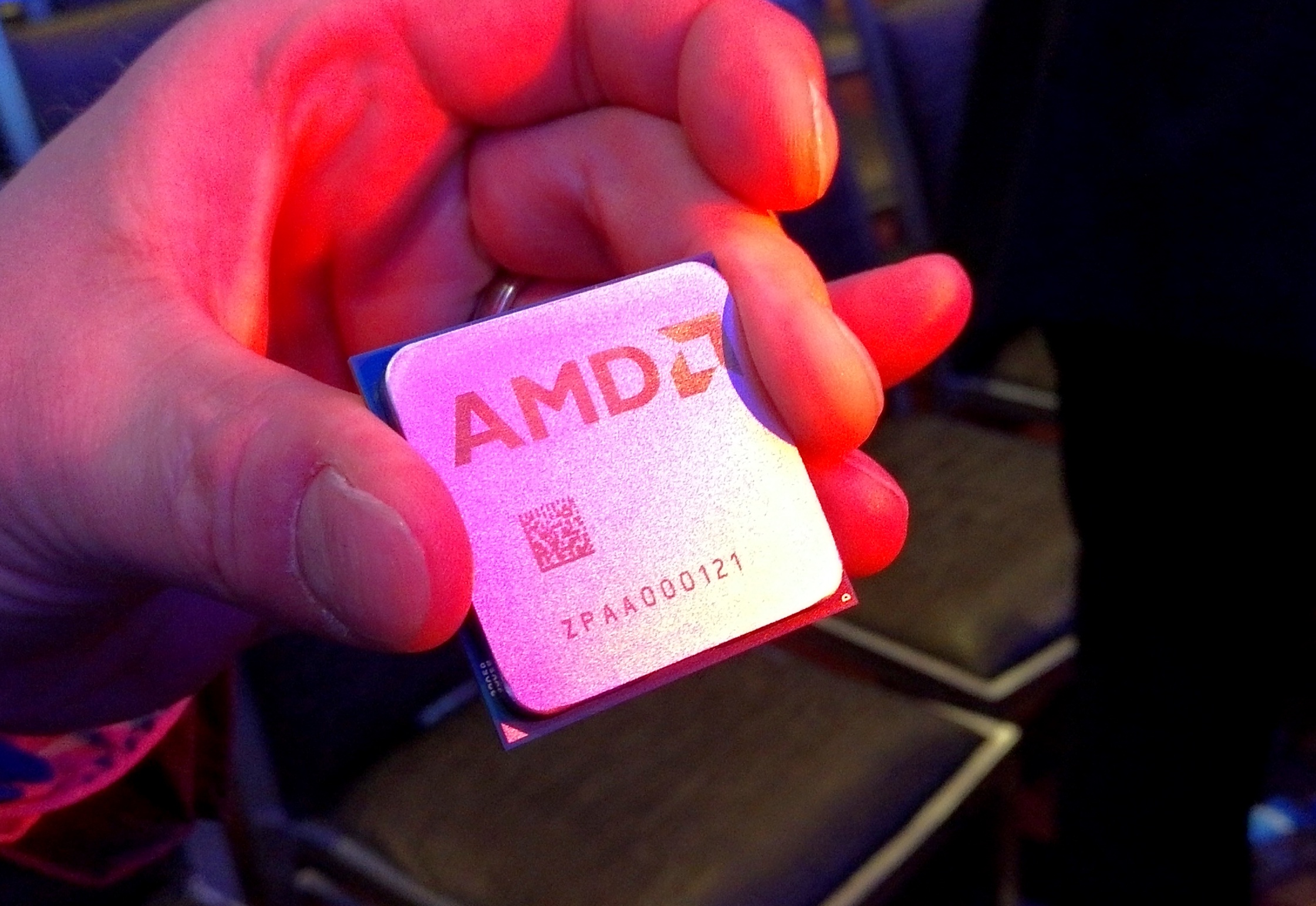
For clarity, hand was from AMD but not Lisa Su's
We know that Zen for desktop will be made at GlobalFoundries (GloFo for short) on a 14nm process node. This process is a modified version of Samsung's 14nm processes, which we've already seen in Apple's A9 SoC in the iPhone 6S as well as the Samsung Exynos 8890 in the Galaxy S7 (non-US). AMD, as part of spinning off their fab business to create GloFo several years ago, still had several contracts tying them into spending money at GloFo. These contracts were rearranged halfway through as AMD component sales stalled, and instead we refocused into GloFo research and development. The 14nm process, the new AMD 14nm Polaris and Vega GPUs, and Zen, will all be products of that deal.
AMD's Zen-based processors, code-named Summit Ridge, will start life at the top of the AMD CPU processor stack, replacing the current FX-8000 and FX-9000 series, which are essentially 3-4 years old at this point. The first Zen product will use AMD's version of simultaneous multi-threading (SMT) and have up to 8 cores, 16 threads, in the AM4 socket. Similar to AM3 and FM2+, this socket will be a pin grid array with the pins on the CPU, however the number of pins is unknown at this point. When AMD were showing off the Zen-based CPU at Computex, we were not allowed to photograph the rear.
AMD has stated many times that Zen will be available within Q4, although some analysts are lead to believe that this applies to select partners and OEMs and we should expect full retail availability in Q1 2017, or January to March. In that time frame we have CES during the first week of January, which is a common target in years past for full processor launches. Given the nuances to AMD's new product, we suspect that there will be a semi-constant drip of information over the next few months to understand what is under the hood. It's either that or we get a full expose on launch day, which means a busy holiday season for anyone having to analyze it and write it all up.
There's More to AM4: Bristol Ridge and AMD's 7th Gen
It took me a while to realize, but as AM4 represents a new socket and platform for AMD's high-end processors, then AMD can't just launch Zen alone. AMD has stated that AM4 will cover both the mainstream and high-end desktop product lines, and as a result there has to be something in the mainstream segment to fulfill that role. Back at Computex, AMD announced the thing to fill that hole: Bristol Ridge (and Stoney Ridge by extension). This is what AMD will call and market it's '7th Generation' of APUs, and will be built on TSMC's 28nm Bulk CMOS process.
Under the hood, Bristol and Stoney Ridge will be near identical to Carrizo, by using similar but slightly updated Excavator microarchitecture underneath. We've been told that 'Excavator Mark 2' will feature an updated lithography process, which will extract more frequency and performance for a given power (or lower power at a fixed performance), 'Shadow P-states' which will adjust the voltage/frequency curve based on the quality and age of the silicon, and for notebooks there will be skin-temperature aware power management to provide longer boost frequencies with extra sensors connected over I2C.
The biggest difference most users will notice is the movement to DDR4. We've already seen Carrizo with DDR4 on AMD's embedded line-up, the R-Series and G-Series announcement back in October 2015. While that was 'technically' Carrizo with DDR4, and while the new lines from AMD will be Bristol/Stoney Ridge with DDR4, we expect features and performance will be similar.
Bristol Ridge will feature AMD's dual-module designs, giving up to four cores, and will be up to 65W with TDP. Due to the nature of the CPU core design, this will probably be similar to Carrizo in the sense that 65W will be pushing the limits of efficiency in the design of the core, but AMD is confident that they can provide both a CPU and GPU in the same power budget and still be competitive in both performance and price for their intended markets. Chances are we will see Zen parts also in that 65W window, although that is pure speculation at this point. Stoney Bridge on the other hand is similar to Bristol Ridge, but with only one module. Both sets of *Ridge processors on the desktop (assuming Stoney comes to Desktop) will allow for dual channel memory. Both Bristol and Stoney on the notebook side are using GCN 1.2, and not the latest Polaris graphics, which would suggest (along with the 28nm node) that the desktop side will do something similar.
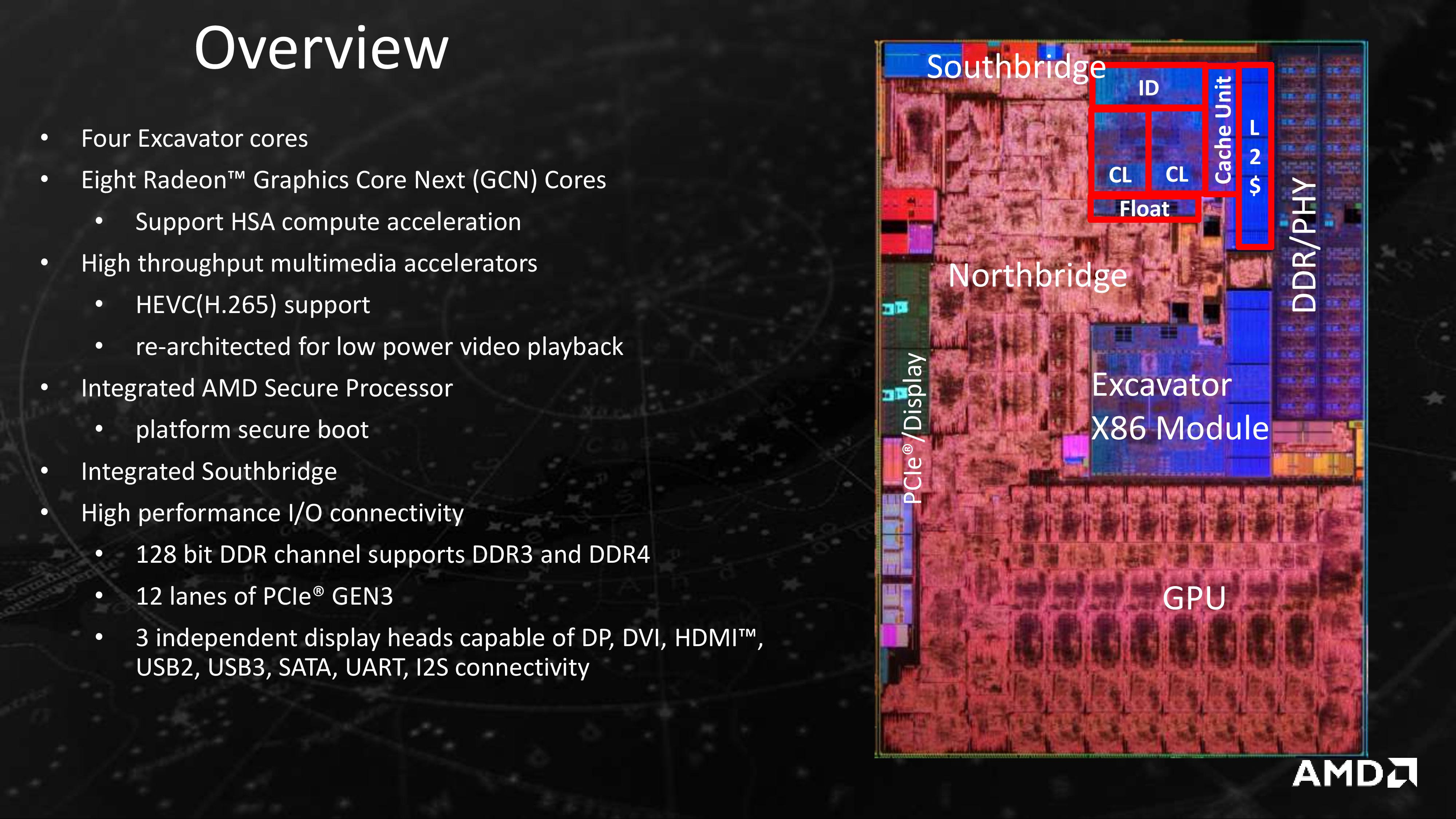
AMD's Bristol Ridge for Notebooks
Bristol Ridge and Stoney Ridge have already been announced for notebooks and laptops, and released in devices such as the new HP Envy x360. These parts vary from 15W to 35W TDP, and to improve the clarity as to the power of each processor, there is no overlap in configurable TDP and as a result the name of the processor should be a good indication as to the performance.
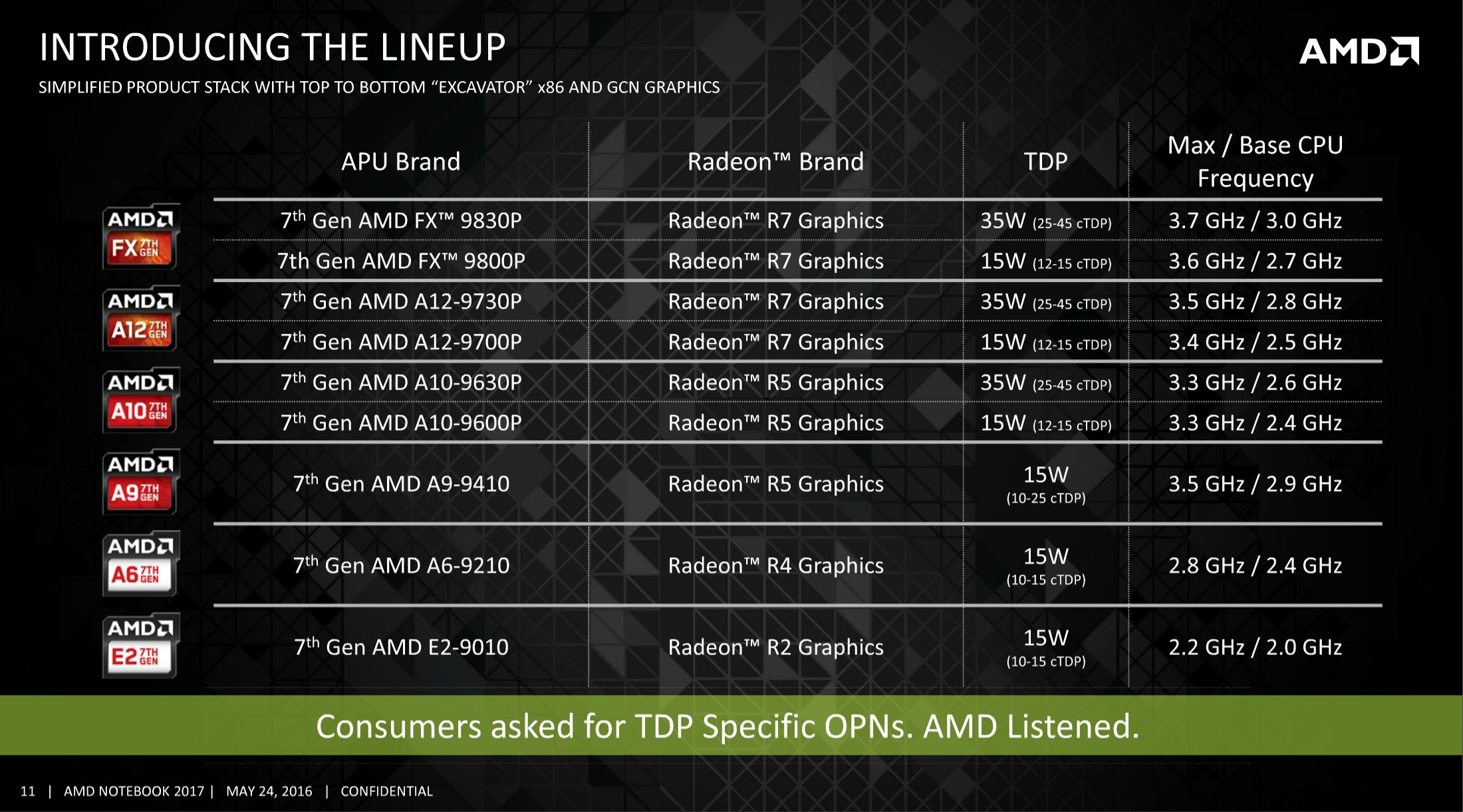
AMD's Bristol Ridge (FX/A12/A10) and Stoney Ridge (A9/A6/E2) Notebook SKUs
Moving back to the desktop, and we're still left with a few unanswered questions with regards to AMD's 7th Generation. Most users were imagining a summer release time frame for the initial parts, along with the launch of AM4 motherboards and chipsets. Normally if that was the case, we would see some indication at Computex that the boards were near-final. However, it is clear from talking to the motherboard manufacturers, and the fact that there were no motherboards in sight, that nothing was ready. This pushes the expected release date further back, which makes me wonder if Bristol Ridge and Zen will be released simultaneously so AMD can go full steam with the platform on day one.
There's also the matter of the chipset. Almost zero words have been mentioned regarding the chipset for the AM4 platform. Being the traditional motherboard reviewer means that chipsets are meant to be my bread and butter, but if nothing has been said, we do not know what to expect. What is the bandwidth rate from the CPU to the chipset? How many PCIe lanes are there? How many SATA drives are supported? How many M.2 drives are supported? Will there be anything extra special on board? Will there be more than one chipset for overclocking? Will only certain chipsets allow for SLI configurations? What is the power consumption?
So Should I Wait?
The timeline for Bristol Ridge and Zen is still very fluid. We know they are coming at the end of the year, we just don't know when, and how much they will cost, and if there will be any improvement. If we're talking about a direct comparison between the AMD Athlon X4 845 and the equivalent CPU-only based counterpart for Bristol Ridge, then we actually don't know. We don't know if AMD will continue to support the AMD Athlon line, or if there will be one launched on day one, or what the price will be. We don't know how low Zen will go for cost, and how that will perform either.
What we do know is that investing into the new AM4 platform will require a new motherboard and new DDR4 memory. The cost of DDR4 has almost matched that of DDR3, as well as support for larger memory modules, which is a plus, however the cost of the AM4 motherboard is an unknown. At present, an A88X based FM2+ motherboard can go from $69 for a micro-ATX GIGABYTE board to $134 for the ASUS A88X-Pro we used in this review. There are even some below ($65 for ASRock FM2A88X Pro3+) and some above ($159 for ASUS Crossblade Ranger), or if you really want a low-end chipset on an FM2+ motherboard then there are $40 models from the major manufacturers. There's no telling if AM4 will hit these price points on day one, or in what volume or specifications.
Consider this, however. Buying an A88X based Carrizo desktop today can allow for an upgrade to the top Kaveri Athlon X4 880K in the future, with a known budget and something that can do both office work and game at a level of performance consummate with its price. When the AM4 Bristol Ridge Athlons come out (if they are planning to), we expect generational improvements in performance (4-8%) at best, and it might not be worth waiting 4-8 months to get a similar percentage gain. But, buying it now means a user will have something to play on during the summer.
But, depending on what price Zen is being released at (and in what volume / the size of the early adopters tax), it might be worth waiting and saving to make the leap from low-efficiency mainstream to AMD's new high end platform. Save now, get a good cooler, 16GB of DDR4, a good GPU and an SSD all when the time arrives. Spend the summer working hard and save, ready for launch day. The games will still be here.


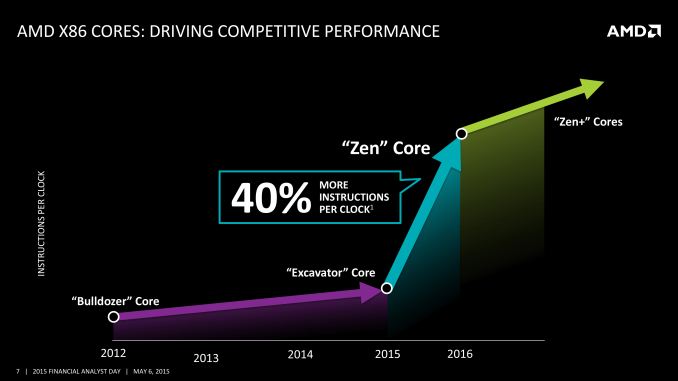
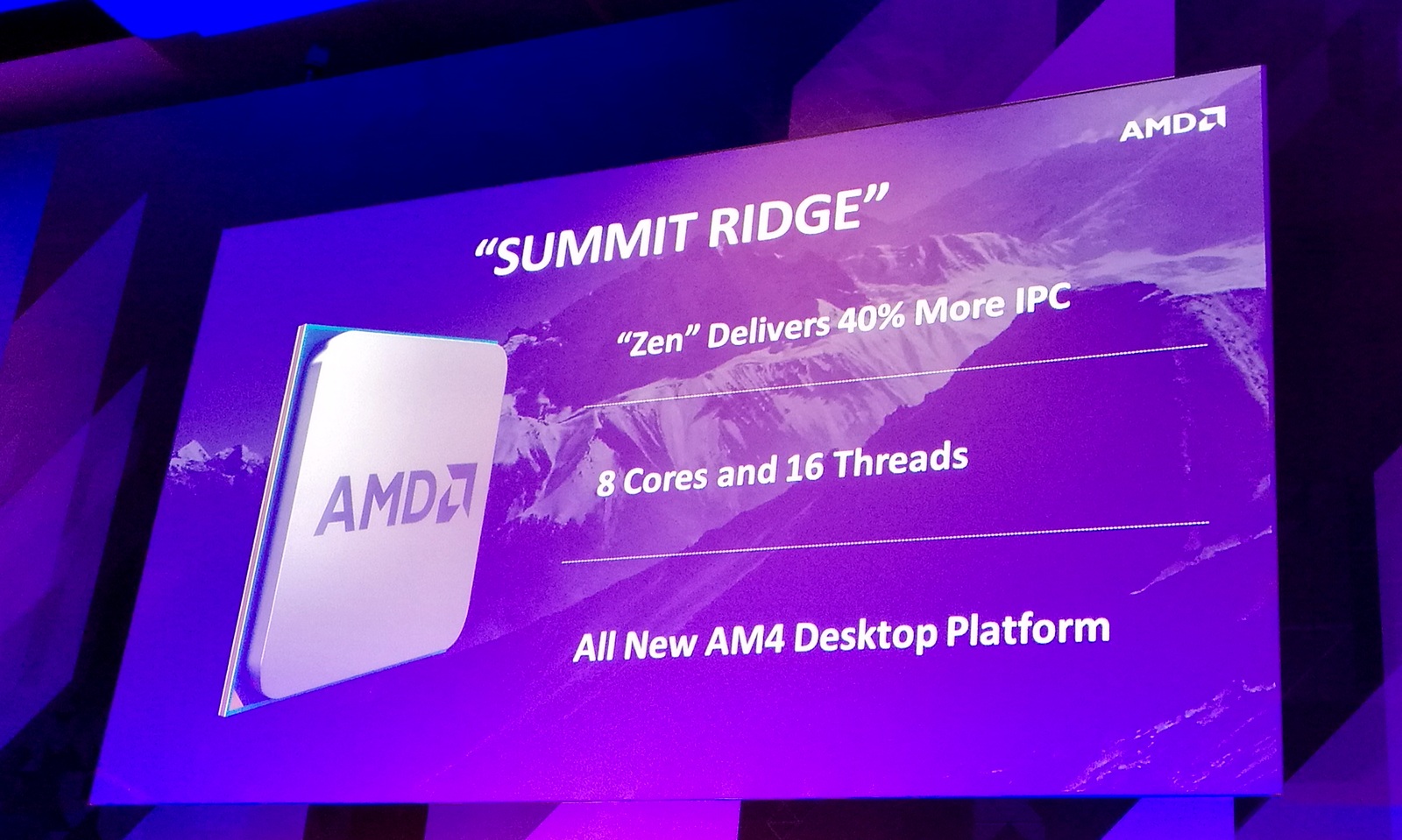

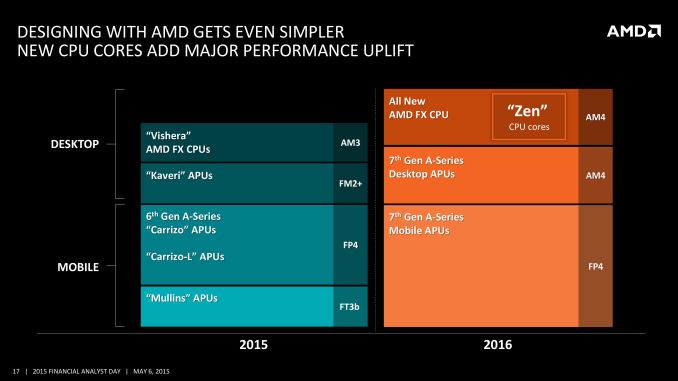
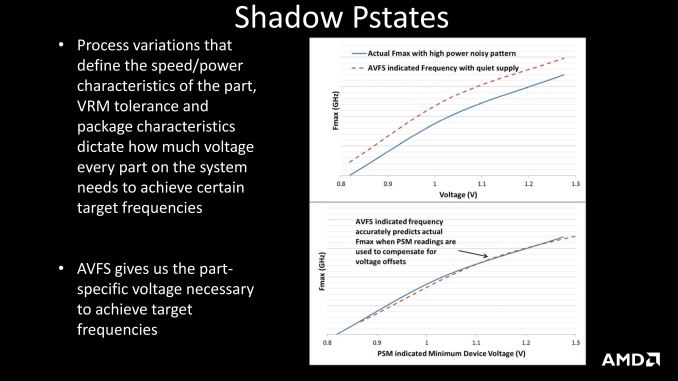








131 Comments
View All Comments
Peichen - Thursday, July 14, 2016 - link
I stopped reading at the messy chart where Athlon X4 750 is available from 2 µArch and there is no science to naming. AMD's CPU division was a bigger failure than its GPU division and it still it. I used to have 3 AMD systems at the same time back in 2005 but have steadily moved away and was considering replacing the last AMD system (Phenom II 840) using Prime Day sales.Ian Cutress - Thursday, July 14, 2016 - link
The 750 and 750K are two different SKUs. As mentioned, trying to find the 750 at retail (and in stock) is *really difficult*, and I'd probably point to it being an OEM-only SKU for a certain design. If anyone has a 750/can find one, let me know.artk2219 - Wednesday, July 20, 2016 - link
I found a link for one, but I think its just an OEM one, and it's from Aliexpress, so it may take a while to get to you. I hope I could help!http://www.aliexpress.com/item/AMD-Athlon-X4-750-A...
http://www.cpu-world.com/CPUs/Bulldozer/AMD-Athlon...
jefeweiss - Thursday, July 14, 2016 - link
I don't think poignant is the word you are looking for here. That would be something that makes you very sad, or emotionally touches you deeply.wallysb01 - Thursday, July 14, 2016 - link
I guess I don't totally understand the comparison to the G3258. I know its a fairly popular processor (I have its non-overclockable little brother, the G3250, and love it in a simple home office set up that I use occasionally for light gaming too). However, its 2 years old. Where is the G4500 or G4520? Supposedly the skylake Pentium would be about 10% faster than haswell, no? And with some perf/W gains too?Speaking of which, where's the comparison to Intel in the power consumption? Do I just not want to see that? If in these multithreaded tasks the 845 is chugging along using 80-85 W, while the Intel parts are still near their stated TDP, it more or less invalidates the small performance gain of the AMD chip in those tasks. Looking back at the skylake review, it seems at load the Intel chips might be using anything from 0-20% more than their TDP, this AMD chip is going 30% above.
I'd love it if AMD could push intel into offering more cores at lower price points, but this doesn't seem good enough to do that....
stardude82 - Thursday, July 14, 2016 - link
Tacking on a G4500 is not terribly pertinent to the task at hand and they are just using archived results here. The comparison from the 2 i3 parts should give you an idea of relative performance. Otherwise, I'm surprised we get such an in depth review from an hollowed out Anandtech.You are confusing TDP with total system draw.
You have a "four core" CPU here for $70, what more do you want? They soundly thrash the dual-core Pentiums and i3s in some well parallelized applications. The problem is the world isn't well parallelized and the CPUs don't have 4 real cores which is why you have i3s still competitive 8 core FX chips.
yannigr2 - Thursday, July 14, 2016 - link
WOW. This is an amazing work. It does explain too much about AMD's Bulldozer versions. It does explain why AMD doesn't bother to bring the full Carrizo line in desktop. It does show, at least from my perspective, that Bulldozer architecture was not a bad architecture to begin with, but a dead end from the beginning.artk2219 - Thursday, July 14, 2016 - link
Sigh, poor Llano and your FM1 package, always forgotten. Granted it was the last of the stars cores, and not a bulldozer derivative, but it would still be nice to see it included with its brethren.TheinsanegamerN - Thursday, July 14, 2016 - link
The last of AMD's good cores. Mobile Llano was fantastic for OCing and undervolting.artk2219 - Thursday, July 14, 2016 - link
Indeed it was/is, my fiance is still using my old Asus K53TA. I overclocked the A6 (back when A6's came with 4 cores) in that laptop to run at 2.4 instead of 1.4 for the base, and the turbo to 3Ghz. while overclocking i was able to undervolt at base clocks, and slightly overvolt the turbo clocks. In effect I got better battery life and waaayyyy better performance by just spending a little time playing with the P-States. I still think thats one of the best laptops I've ever owned in terms of reliability and capability, if only it weren't so clunky. Sigh, well you cant have it all.http://www.newegg.com/Product/Product.aspx?Item=N8...